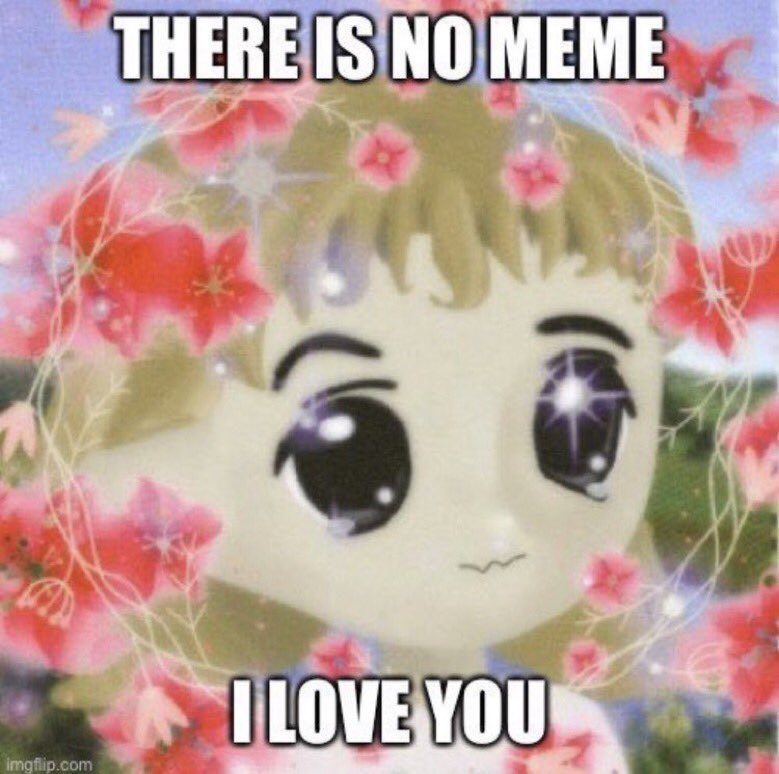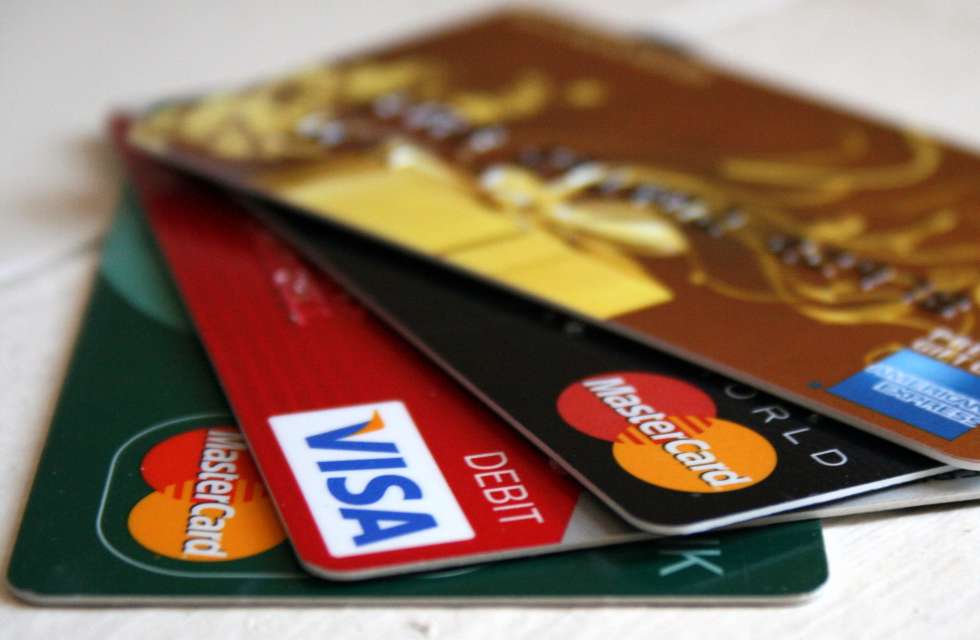How to get a more transparent and trustworthy future – Cryptopolitan

Blockchain technology and non-fungible tokens (NFTs) have been making headlines, and for a good reason. Across a range of industries, these two technologies are changing how we transact, prove ownership and build trust. In this Cryptopolitan guide, we will explore how blockchain technology and NFTs are changing the game and what this means for the future.
What is blockchain technology?
Blockchain technology creates a single chronological source of truth for the data by linking together encrypted pieces of data about digital assets. Blockchain is a collection of digital blocks, each of which has a distinct set of data that, when combined, creates a permanent and immutable record.
The technology enables digital units of value to be exchanged without a central controller to oversee the transaction, such as a bank or government, which is one of its primary advantages. Blockchain technology uses distributed nodes/computers to verify transactions on a consensus without the use of intermediaries in a secure and transparent manner.
Various industries such as real estate and healthcare are using the technology to increase the security, transparency and traceability of their products and services. Blockchain technology, for example, is used in the financial sector to enable faster, more secure transactions and reduce the risk of fraud. Blockchain technology in the healthcare sector produces secure, immutable data that is easy for healthcare professionals to exchange.
The technology can change the way we do business, prove ownership and ensure trust across parties. As the technology evolves, we’re sure it will continue to build trust and gain more use.
What are NFTs?
Digital assets modeled as NFTs mean ownership of single, non-replicable goods, including collectibles, music and digital art. NFTs are immutable, meaning they are irreplaceable and cannot be exchanged for other goods. However, they can be transferred across crypto wallets. Unlike crypto, which is a digital asset that can be exchanged for other assets of the same value.
Each NFT has a blockchain connection, making it possible to verify ownership in a secure and transparent way. NFTs are employed in a variety of sectors, including gaming and art, to produce distinctive and collectable digital goods.
A new market for digital art has emerged due to the sale of NFTs, with some works bringing in millions of dollars.
A new market for digital collectibles is being created in the gaming industry due to the use of NFTs to produce distinctive in-game products that can be bought, sold and traded among players. NFTs are used in the music industry to produce distinctive digital products for fans.
Blockchain technology and transparency
Blockchain technology is revolutionizing how we conduct transactions, verify ownership and build trust across many industries. Transparency and traceability are two of blockchain technology’s fundamental properties.
By building a digital ledger or database where encrypted blocks of data are held and linked together to produce a chronologically single source of truth for the data, blockchain technology offers transparency and traceability. The blocks stored by various computers/nodes create a permanent, immutable ledger that, when exposed to the public/authority, can verify the legitimacy of transactions and ownership.
The use of blockchain technology has made cross-border transfers faster, cheaper, transparent and traceable. Blockchain technology is used by the supply chain management sector to track and trace products from the point of production to the final point of sale, ensuring transparency and reducing the risk of counterfeit goods. Blockchain technology has the potential to have a major impact on transparency, which builds trust.
Users can conduct transactions securely and transparently without the use of any intermediaries, such as governments or banks, using instructions coded on the blockchain. By relying on the technology, users are assured that their transactions are secure and that their data is not altered.
The advancement of blockchain technology will lead to a more decentralized and democratic trust system, where individuals and groups have absolute control over their data and financial decisions.
NFTs and provenance
One of the main advantages of NFTs is their ability to originate, which is important to ensure confidence and transparency in the market. NFTs are changing the way we look at and collect digital art and other collectibles.
Provenance refers to the verifiable history of an asset, including information about its creator and previous owners. By embedding the ownership history of an asset into an NFT, buyers can access a detailed overview of the asset’s history. This can help ensure that the asset is authentic and has not been copied or duplicated.
Provenance can also help to ensure transparency in the market. By providing a detailed record of the asset’s ownership history, buyers can be confident that they are purchasing an asset from a legitimate source. Provenance data can help prevent fraud, as it provides a verifiable trace of ownership that can track down stolen assets.
Provenance can affect the value of an NFT. Assets with a clear and verifiable origin can be seen as more valuable than those without one, as it provides a level of authenticity and credibility that can be difficult to replicate. This may also result in a premium being placed on assets with an embedded artwork provenance.
NFTs as digital collectibles
One of the main benefits of using NFTs as digital collectibles is the transparency they provide. Because NFTs are stored on a blockchain, it is possible to trace the ownership history of a digital collectible. This makes it easy to verify the authenticity of a digital collectible and ensure that it is not a fake.
In addition, using NFTs as digital collectibles can help prevent fraud. Because each NFT is unique and cannot be duplicated, it is impossible for someone to create a fake digital collectible and pass it off as a genuine item. Overall, the use of NFTs as digital collectibles provides a transparent and secure way for people to buy, sell and trade unique digital assets.
NFTs as utility tokens
A utility token is a type of digital asset that provides access to a specific product or service.
NFTs can be used as utility tokens to represent access to a particular product or service. For example, an NFT can represent a ticket to a concert or access to a premium feature in an online game.
One of the main benefits of using NFTs as utility tokens is the transparency they provide. Because NFTs are stored on a blockchain, it is possible to trace the ownership history of a utility token. This makes it easy to verify that someone has the right to access the product or service represented by the token.
In addition, the use of NFTs as auxiliary tokens can help prevent fraud. Because each NFT is unique and cannot be duplicated, it is impossible for someone to create a fake utility token and pass it off as a genuine item. Overall, the use of NFTs as utility tokens provides a transparent and secure way for people to access certain products or services.
Companies using NFTs to ensure transparency
Here is a description of how some of the companies use NFTs:
- Nike: Nike has started using NFTs as a way to verify the authenticity of a pair of sneakers. By purchasing a pair of the brand’s shoes, you upload a digital version of the product to your “virtual closet” under an initiative they’ve dubbed Cryptokick.
- Budweiser: Budweiser launched its first non-fungible token (NFT) sale, The Heritage Collection, featuring 1,936 unique Budweiser digital beer can designs. These distinct, generative art NFTs showcase iconic cans throughout the brewery’s rich history.
- McLaren: McLaren joins the ranks of other automakers pursuing digital engagement by releasing NFTs and creating exclusive content through its metaverse-based MSO LAB. MSO LAB is an online community where members can interact with various teams at the automaker and get early access to NFT drops.
- Nickelodeon: Nickelodeon has been in the NFT game since as early as 2022 with digital Funko Pops of some of their popular characters. Nickelodeon’s parent company, ViacomCBS, also partnered with NFT solutions company Recur to bring two of its biggest brands into the metaverse: ‘Hey Arnold’ and ‘The Rugrats’ as NFT collections.
- Gucci: Gucci has also launched several projects involving NFTs. For example, Gucci launched the Gucci Grail Project with Yuga Labs in 2022. Gucci teamed up with “digital artisan” Wagmi-san to design accessories and clothing that can be used to customize NFTs. The partnership will also extend to Otherside, the Bored Ape-themed virtual world and game.
Challenges and limitations
While blockchain technology and NFTs offer many benefits, there are still some challenges and limitations that need to be addressed for them to reach their full potential.
Technical challenges and limitations
One of the most important technical challenges with blockchain technology is scalability. As the number of transactions on the network grows, so does the size of the blockchain, making it harder for nodes to keep up with the network. Another challenge is interoperability, as different blockchains may use different protocols and standards, making it difficult to transfer assets between them. NFTs can be expensive to create and implement, which can limit their use.
Legal and regulatory challenges and limitations of Blockchain technology and NFTs:
The legal and regulatory landscape for blockchain technology and NFTs is still evolving. There are concerns about the legality of smart contracts and whether they can be enforced in a court of law. NFTs may represent digital assets that may have unclear or disputed ownership rights. The regulations surrounding cryptocurrencies and NFTs can vary widely from country to country, making it difficult to create a uniform legal framework.
Future prospects and potential solutions to challenges and limitations:
Despite these challenges and limitations, the future of blockchain technology and NFTs looks promising. Researchers are exploring new ways to improve scalability and interoperability, such as using sharding or sidechains. There is a growing interest in creating standards and protocols to enable the transfer of assets between different blockchains. On the legal and regulatory front, there is a need for greater clarity and consistency in regulations to encourage wider use of these technologies. This could include creating international standards for smart contracts and NFTs.
While there are still challenges and limitations facing blockchain technology and NFTs, their potential to increase transparency and trust is undeniable. As technology and regulation continue to evolve, we can expect to see more innovation and use of these technologies in various industries.
The future of blockchain technology and NFTs
Blockchain technology and NFTs are in continuous development, and the future has great potential for new developments. According to the IBM Blockchain team’s predictions, pragmatic governance models will soon emerge to enable large and diverse consortia to approach decision-making.
This development can have a major impact. Blockchain technology and NFTs have the potential to increase trust in a variety of industries, including the arts, finance and healthcare, as they are implemented. More accountability can result from increased transparency, and this can increase the stakeholders’ trust in each other.
Conclusion
There are many exciting developments in store for blockchain technology and NFTs in the future. These technologies could open the door to a future that is more open and reliable as they evolve and become more widespread. Blockchain technology and NFTs are revolutionizing how we do business and promoting a fairer and more just society by providing ownership verification, provenance tracking and secure transactions.

















:max_bytes(150000):strip_icc()/INV_Crypto_coin_image_29-b3c07ac2e2c848aa9c6c0b25f91c5cbf.jpg)






